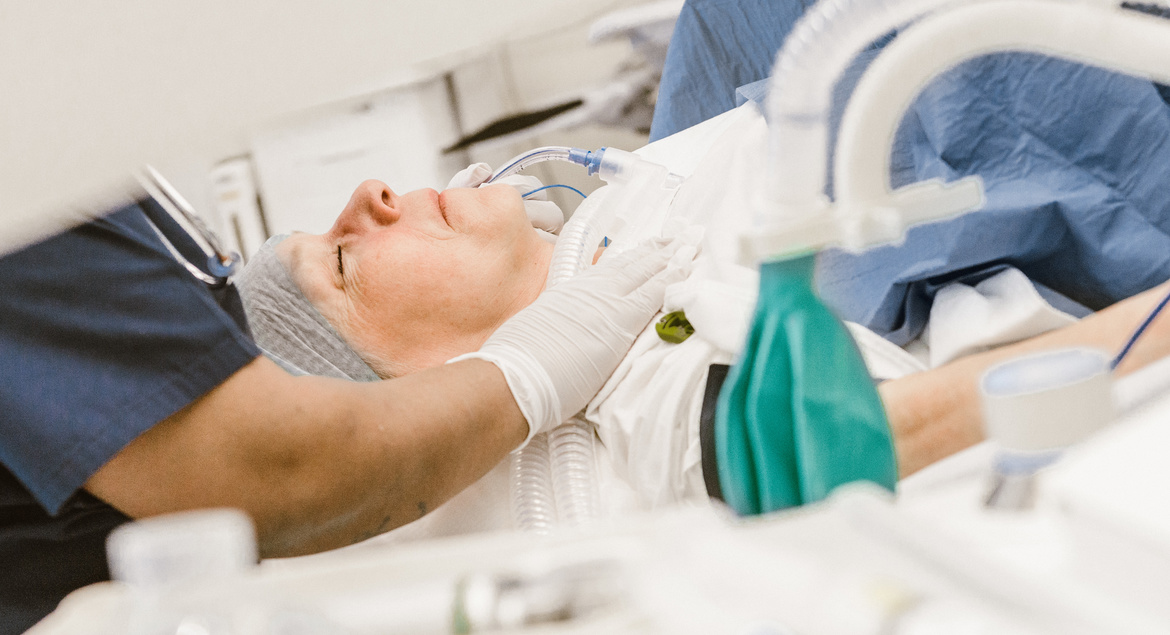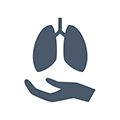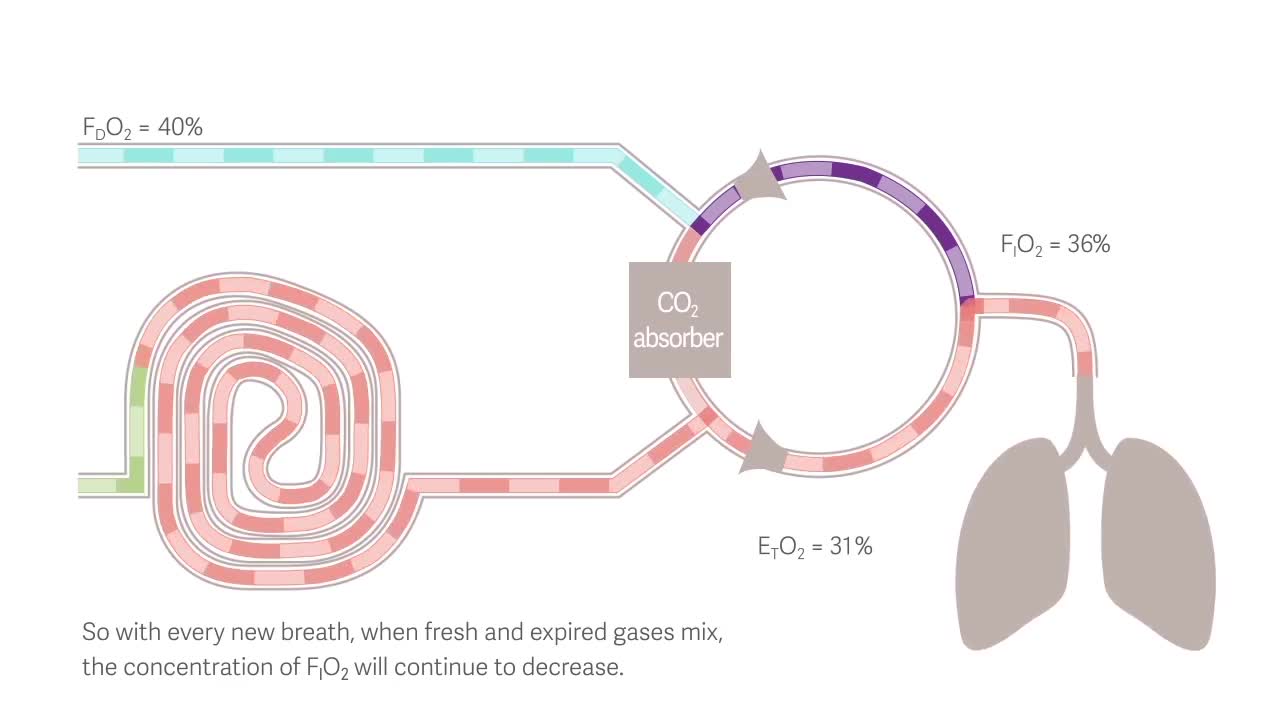Why low-flow anesthesia?
Already in 1924 RM Waters published an article in Anesthesia and Analgesia where he presents improved economy, convenience and welfare of the patients as the benefits of using a re-breathing system during anesthesia [1]. This is still true today but we can also add welfare of the planet as another major benefit.
Low-flow anesthesia offers pulmonary, economic and environmental benefits
In low-flow anesthesia, a rebreathing system uses a fresh gas flow (FGF) that is less than the alveolar ventilation of the patient. This technique uses less anesthetic agents than conventional systems, emits less gas into the atmosphere, and improves the flow dynamics of the inhaled air. Low flow is generally characterized by a fresh gas flow of less than 1.0 L/min. In minimal flow, the FGF is decreased to 0.5 L/min.
Should we change to low- or minimal-flow anesthesia?
Reducing the fresh gas flow has several benefits:
|
|
Economy |
Agent expenditure accounts for a large part of the total cost of ownership of anesthesia machines. Reducing the anesthetic agent consumption in your ORs will have a positive impact on your overall hospital expenditure.
|
|
Environmental impact |
With low-flow anesthesia, a lower amount of anesthetic agent is released into the environment, reducing the impact of fluorocarbons and nitrous oxide on the ozone layer, thus reducing the overall greenhouse gas emissions.
|
|
Patient comfort and safety |
Low FGF improves the flow dynamics of inhaled gases, increases mucociliary clearance, maintains body temperature and reduces water loss.
|
|
OR staff safety |
With less unused surplus gas discharged into the atmosphere, the concentration of anesthesia gas in the OR is greatly reduced. This minimizes occupational risk for OR staff.
Theory and practice of minimal fresh gas flow anesthesia
The review by Brattwall et al. in the Canadian Journal of Anesthesia, outlines the benefits of minimal fresh gas flow anesthesia. It provides practical guidance on safe implementation of low- and minimal-flow anesthesia in routine clinical practice. [2]
What are potential risks of low-flow anesthesia?
Hypoxic mixtures
The formation of hypoxic mixtures are one of the greatest risk of using low-flow anesthesia. Reducing fresh gas flow in a rebreathing circle system results in a difference between the delivered O2 concentration(FD) at the common gas outlet and the inspired O2 (FIO2). Consequently, FIO2 becomes lower than the fraction of delivered oxygen (FDO2). This may not always be sufficiently recognized, and if settings are not adjusted, hypoxic mixtures can develop. An active inspired hypoxic guard has been shown to prevent the formation of hypoxic mixtures.
Inadequate depth of anesthesia
During low-flow anesthesia there is a potential risk for inadequate anesthetic gas concentration. An automatic gas control (AGC) system removes the need for continuous manual adjustments of FGF, FIO2 and EtAA. Targeting FIO2 directly will help avoid hypoxia. Targeting EtAA at the desired speed will reduce the risk of under- or overdosing.




